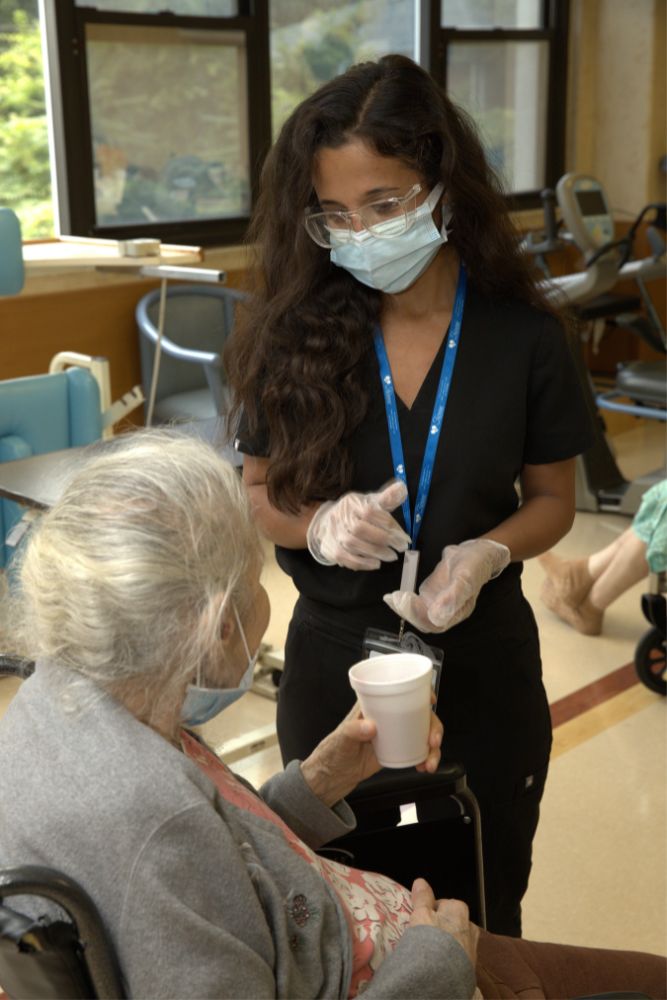Here’s a List of Common Mistakes with a Stoma Bag
After ostomy surgery, your body won’t be able to pass waste the usual way. That’s where the stoma bag comes in, helping you out with this, but adjusting to it often leads to some mistakes that one could avoid. Though necessary medical equipment, using one restricts your lifestyle a bit. You may find the limitations cramp your style more than you expect.
Ileostomy and colostomy care offers the information needed to adjust your routine to manage the stoma and its equipment. You’ll also learn to care for the area to prevent infection and other possible issues. Whether the stoma is temporary or permanent, stress is expected, so emotional support is also part of your treatment. To learn what you can’t do with a stoma, keep reading.

Stoma Bag Mistakes
Modern pouches and other stoma equipment are easier to handle than previous versions. Despite the upgrades, they still take some getting used to. There are several restrictions with stomas, mainly involving your diet, attire, and physical activity. There is also one major one that causes numerous problems. Let’s take a look at what to expect after ostomy surgery.
- Eating anything and everything
After ostomy surgery, eating smaller meals more frequently, rather than three large ones a day is vital. Bland, low-fiber options are recommended at first to avoid discomfort or bowel issues. These may include diarrhea, constipation, bloating, or unpleasant odors.
Over time, you can slowly introduce your old favorites into your meal planning to avoid stoma bag mistakes. Monitor how your body reacts to each food, cutting out anything causing issues. Limit foods high in fat since these cause most bowel issues. Carbonated or alcoholic beverages should also be avoided, so stick to water, sports drinks, and decaffeinated coffee or tea.
- Wearing tight clothing
This is another stoma bag mistake. Technically, you can wear whatever you like, but tight clothing may press on the stoma and equipment, causing discomfort. This can also cause leaks. Belts and snug waistbands may also cause an issue.
Loose clothing is best for those with a stoma. New swimsuit types, stretch panties, or support garments are also an option to increase your wardrobe’s comfort. Specialty retailers even offer ostomy clothing for more options.
- Doing certain sports and abdominal exercises
Physical activity is essential after ostomy surgery. Unfortunately, full-contact sports increase the odds of injury. It’s best to stick with low- or no-contact options, including walking, biking, and swimming.
Other activities to avoid include heavy lifting or abdominal workouts. These increase the risk of a hernia, so speak to your doctor before attempting such exercises. Support or binding equipment holds your stoma equipment in place during physical activities. Please note that there are many more of those that you should not do! Make sure that you are aware of them, with one being considered the biggest.
What is the biggest patient problem with it?
One of the biggest issues and mistakes patients have with a stoma bag is failing to properly care for it. Keeping it clean, using the wrong bag or accessory could cause the stoma to stick too far in or out of the belly. Skin damage, irritation, burning sensation, or infection could also occur with improper maintenance.
To avoid such issues, keep a close eye on your stoma. Watch for redness, swelling, or bleeding since these can be signs of complications. Try different pouches or accessories if needed and speak to your doctor about any issues that arise.
Resources:
https://www.healthdirect.gov.au/living-with-a-stoma
https://www.mayoclinic.org/diseases-conditions/colon-cancer/in-depth/ostomy/art-20045825
https://www.mskcc.org/cancer-care/patient-education/diet-guidelines-people-colostomy
https://www.cancer.org/cancer/managing-cancer/treatment-types/surgery/ostomies/stomas-or-ostomies/sports-and-exercise.html#:~:text=An%20ostomy%20should%20not%20keep,take%20part%20in%20most%20sports
https://www.ostomy.org/get-back-in-the-game/
This article contains informational and educational materials and does not replace health or medical advice. For questions or concerns regarding your medical condition or health objectives, speak to a qualified physician or healthcare provider.






Leave A Comment